Sunday, June 9, 2019
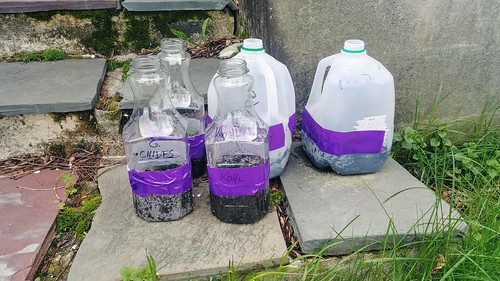
Don't get me wrong, the winter sowing method in used-up milk & fruit jugs worked gangbusters. It's just that you need to plant in February/March so you have seedlings ready to plant in May. My second raised bed still isn't ready due to a garden injury, but I figured I'd start my seeds anyways. Not sure how I stumbled on TheReidHomestead's post on Winter Sowing 101, but it seemed like an approachable enough avenue of attack - and it was!
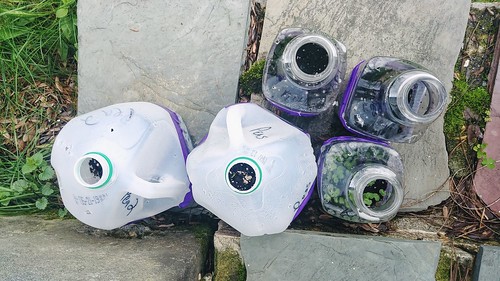
Next you plant the seeds a little more shallowly than suggested on the package. The best plants for this approach are the kind successful in early spring and a little hardy in cold temperatures. It's best to start this in winter (sprouting won't occur until much later). The greenhouse will buffer the seeds from the worst weather, but many plants actually prefer a little coldness action. You won't have to do anything except ignore the mini-greenhouses until the seedlings get a few inches tall.
Use duct tape to seal around the mid-carton cut, and remove the lid of the container. Place the mini-greenhouse where it will get sun and rain/snow, but where the wind won't knock it over.
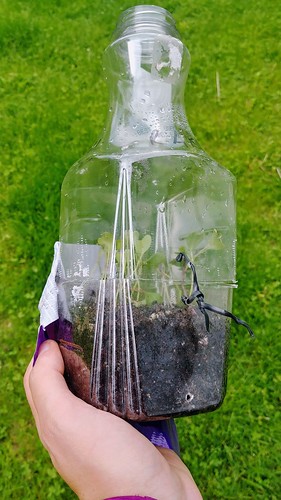

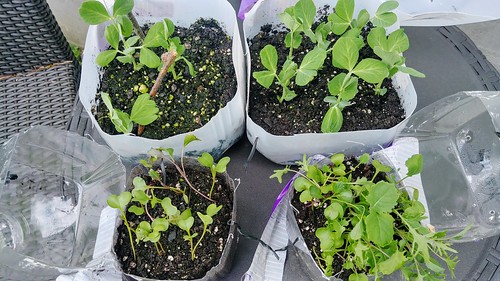
Top row - sugar snap peas (planted May 9 & May 17)
Bottom left - purple and white kohlrabi - planted May ~17
Bottom right - mixed kale - planted May 9
Purple and White Kohlrabi
Source: By The Moon Seed (c/o Etsy)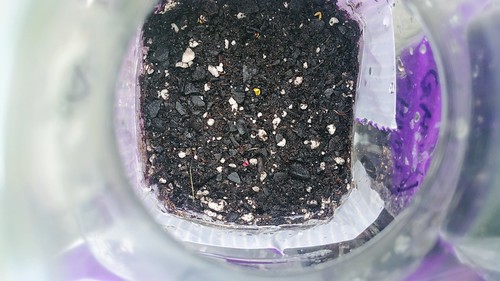
1 week after sowing (5/24)
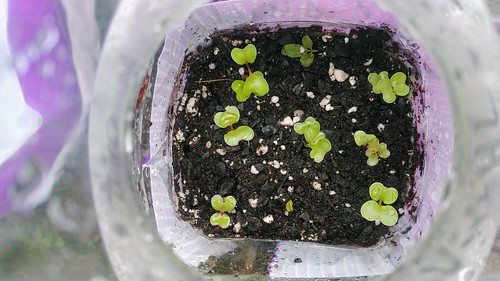
(5/29)
Sugar Snap Peas (Cascadia)
Source: High Mowing Organic (c/o Aubuchon)
Planted around May 17 (5/29)
Nancy's Baby Leaf Blend Kale
Source: Hart's Seeds Organic (c/o Aubuchon)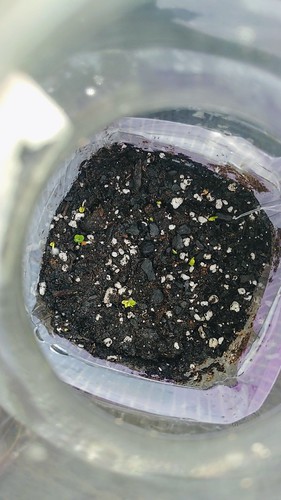

Left: 1.5 weeks growth (5/19). Right: 5 days later (5/24).
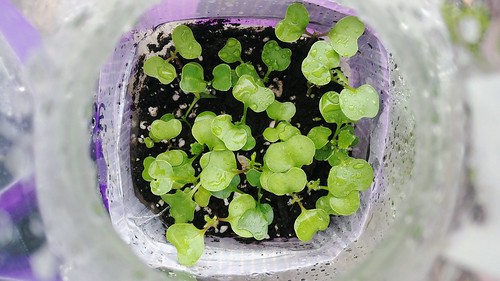
Sprouting their second set of leaves (their first real set). Close to edible already! (5/29)






0 comments:
Post a Comment